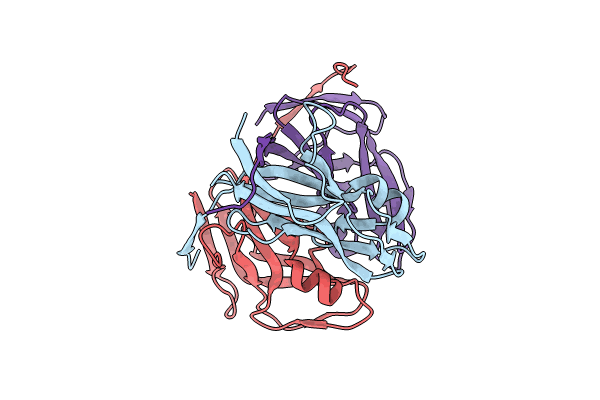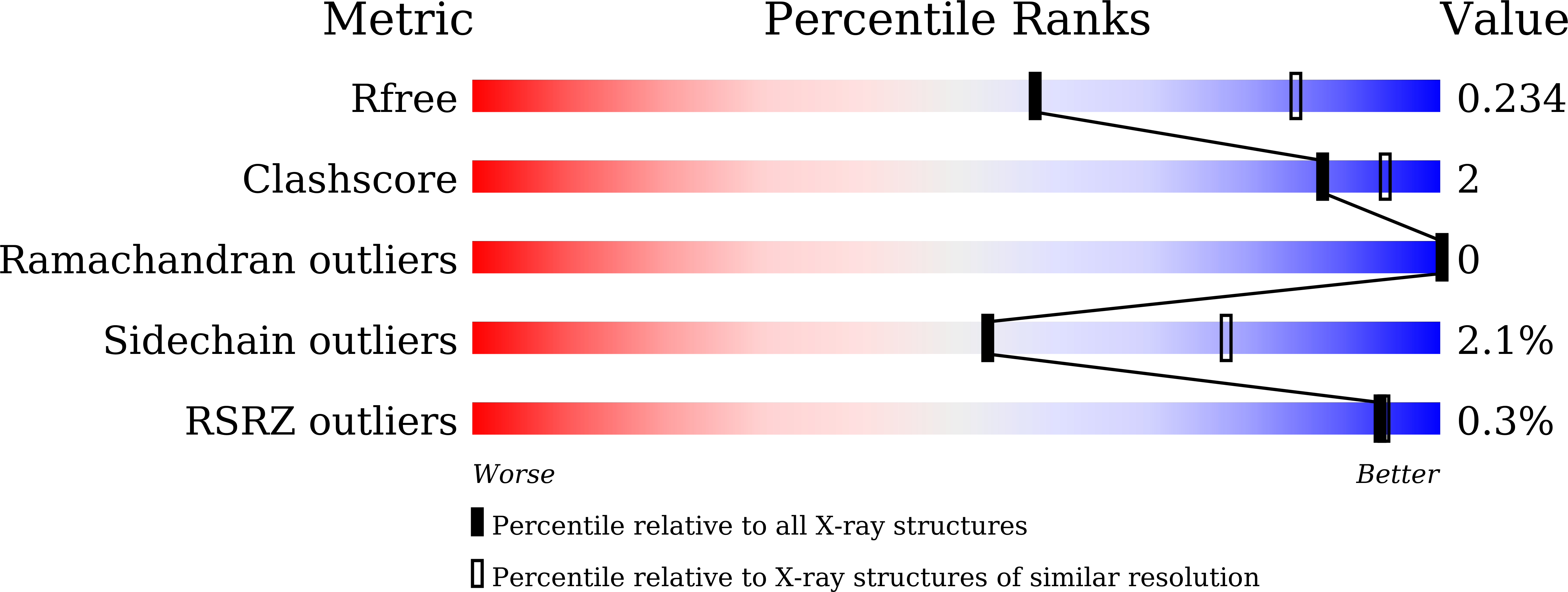
Deposition Date
2023-07-25
Release Date
2024-07-31
Last Version Date
2025-03-26
Entry Detail
Biological Source:
Source Organism:
Helicobacter pylori 26695 (Taxon ID: 85962)
Host Organism:
Method Details:
Experimental Method:
Resolution:
2.50 Å
R-Value Free:
0.23
R-Value Work:
0.17
Space Group:
P 63


